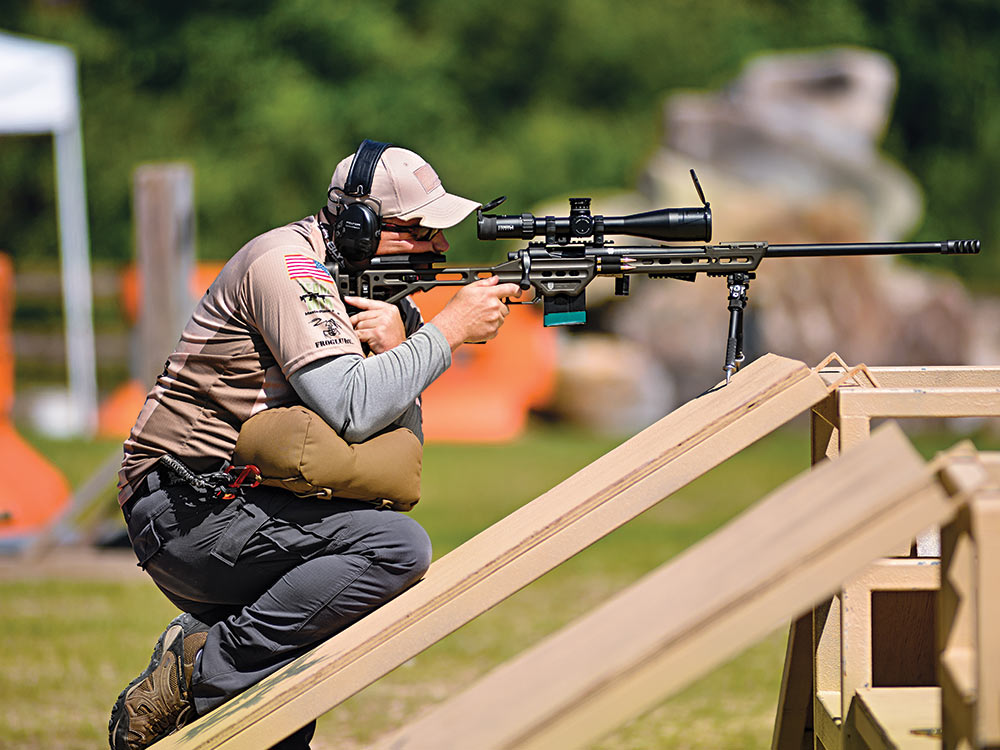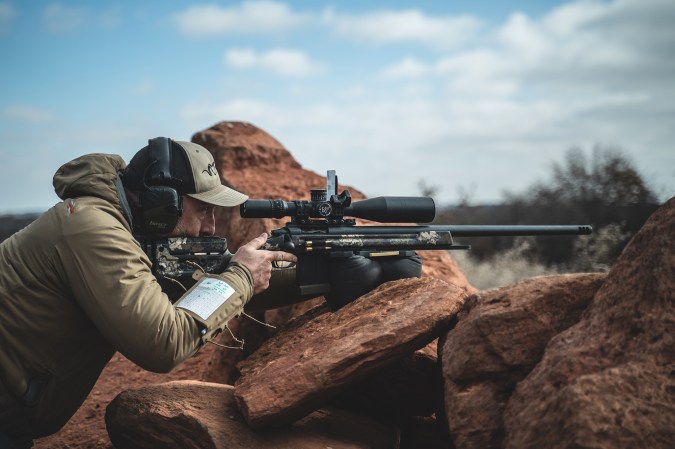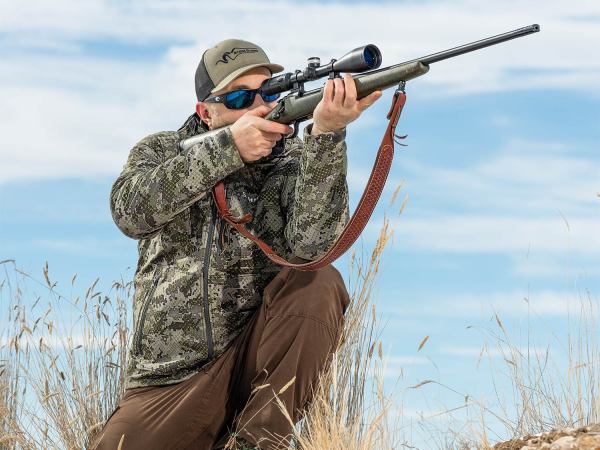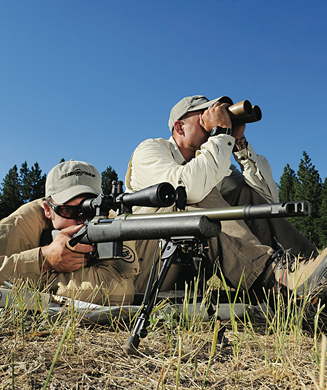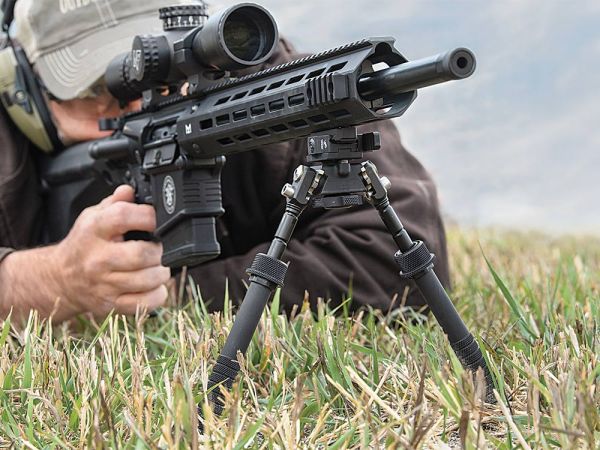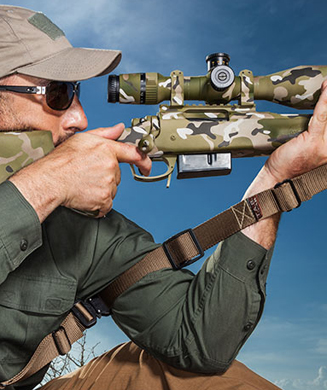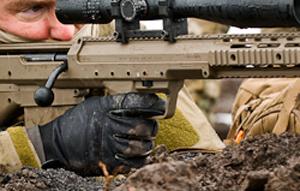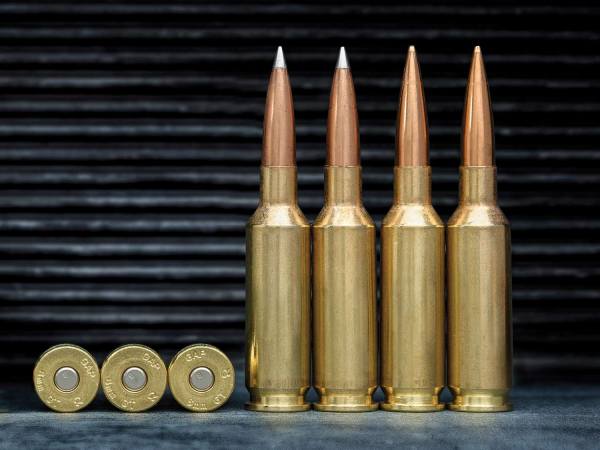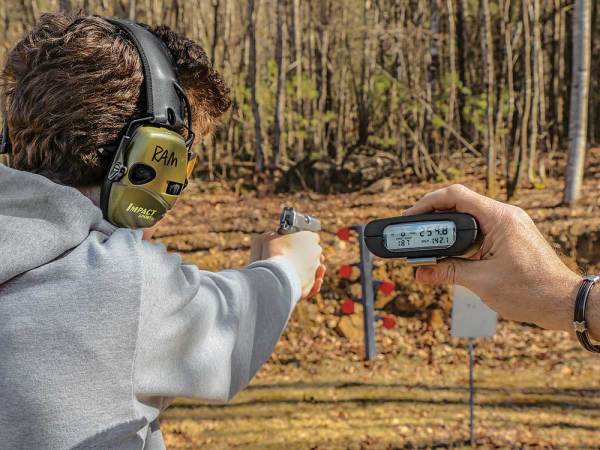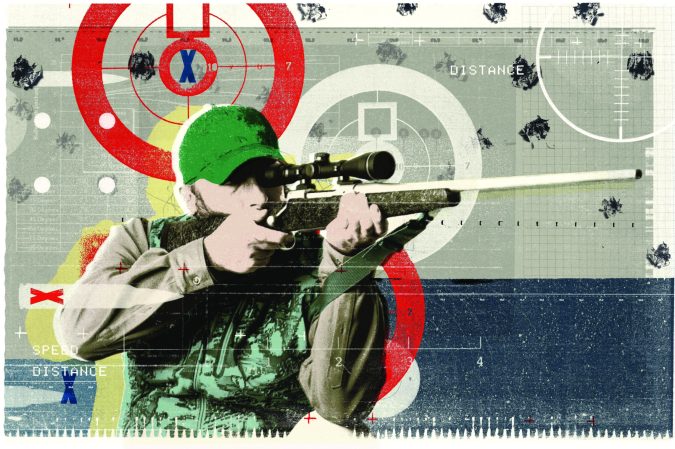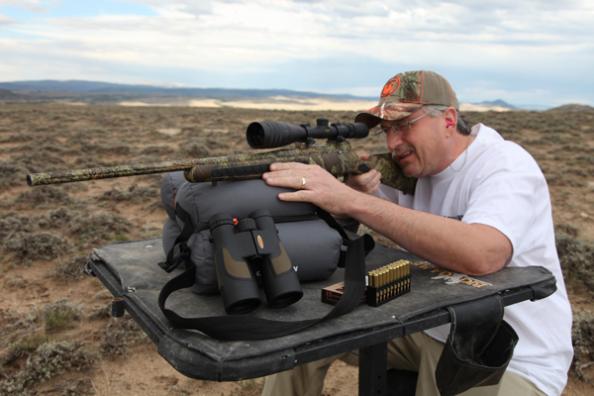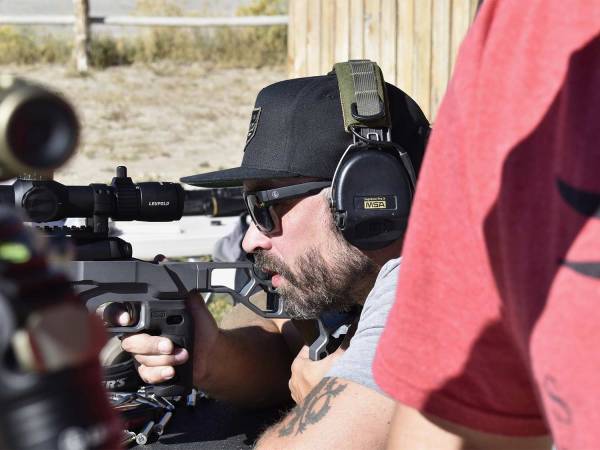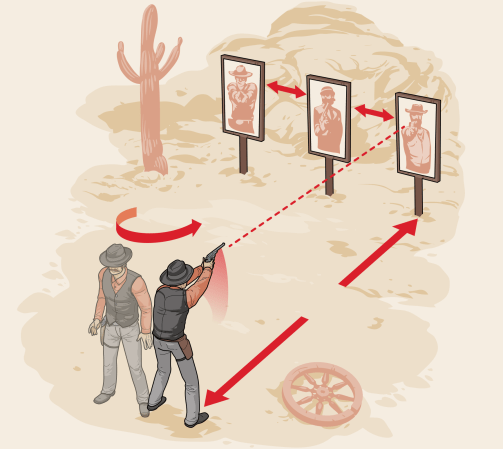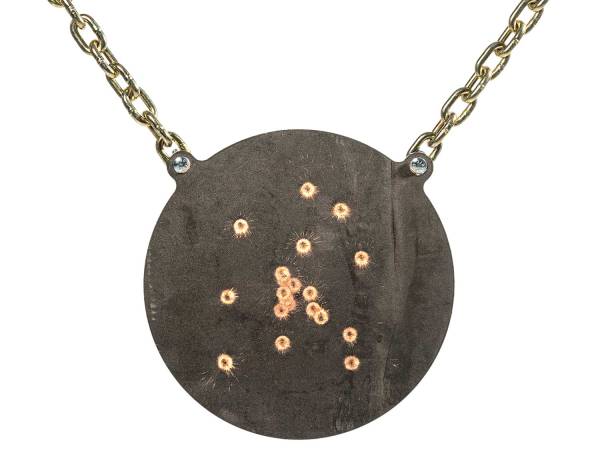We may earn revenue from the products available on this page and participate in affiliate programs. Learn More ›
The popularity of long-range competitive shooting has grown at warp speed, and matches have become increasingly fierce. Often it is practice time that separates shooters.
Scott Satterlee, a top-level PRS shooter, said to me: “Most everyone wants to know what caliber, bullet, powder, and so on that I’m shooting. But when someone asks me for my practice routine, I keep an eye on him.”
Malcolm Gladwell wrote that it takes 10,000 hours of “deliberate practice” to become “world-class.” Most of us would be happy with “very good.” So, how many hours is that? And what qualifies as “deliberate practice” for our needs?
Both are good questions for Mr. Gladwell. But most of us can’t commit thousands of hours to range time. Somehow, I don’t think cranking Lady Gaga, plopping on the ground, and dry-firing a thousand times cuts it.
Therefore, I’ve developed a practice routine that I can do in my living room, though any room in your home will work. Since it’s all dry-fire practice, there’s no recoil mitigation, but there are plenty of opportunities to accomplish “deliberate practice” nonetheless.
I scale my routine based on my match schedule. About four weeks out, I try to do two sessions per week; three weeks before the match, I practice three to four times per week; and once I’m two weeks out, I’ll train every day if my schedule allows, either with live fire at the range or dry-firing at home.
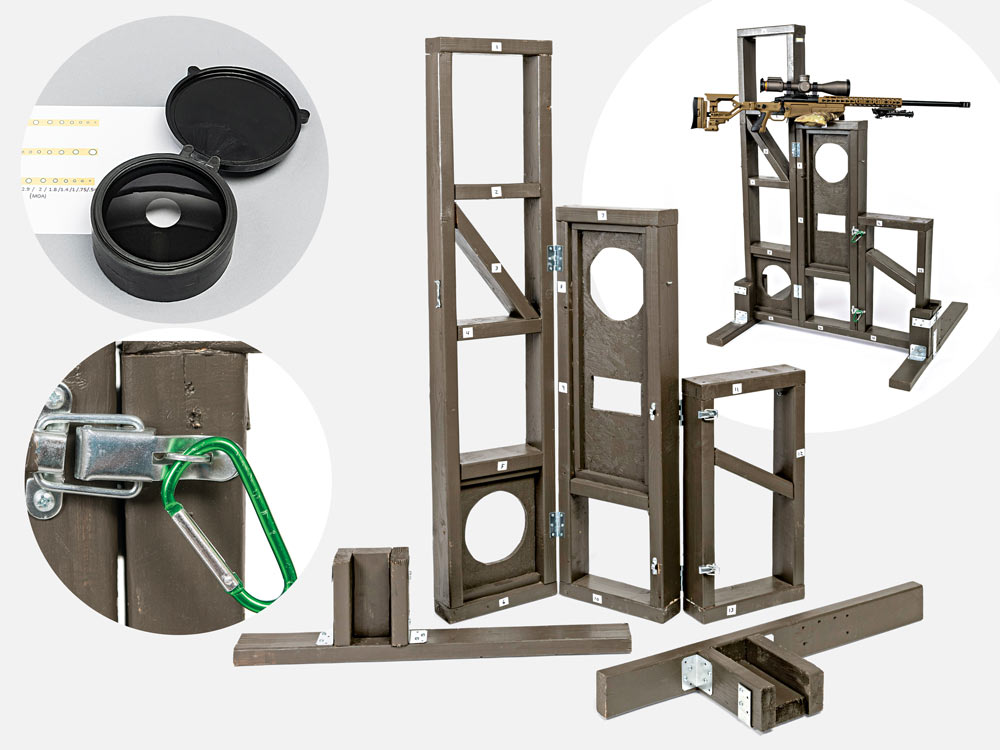
14 Steps to PRS Mastery
1. Purchase an Indoor Optical Training Aid (IOTA)
The IOTA slips over the end of your optic and focuses your scope at 11 feet. Contact Chuck Neller at chncranes@aol.com to purchase one. They cost $60 each.
2. Tape targets to your wall at various heights
My targets consist of 3-by-5 cards with a series of small circles ranging from 3 MOA to ½ MOA. At 11 feet, a 1 MOA target is .037 inch across, which is just under a millimeter (.93), so you can use that as your baseline.
3. Build a barricade for practice
There are plenty of plans and examples on the internet. My wife loves having my barricade in the living room year-round. The one pictured here was designed by Jeremy Martin. You can modify his design or just cobble together pieces of furniture for a somewhat similar effect. Honey, I’m building a fort!
4. Get solid
Learn to establish steady shooting positions on your barricade. If you can’t keep your reticle on the appropriate-size target, take the time to create a better position. Don’t try to make a bad position work.
5. Number your barricade positions (as shown) Bits of tape with numbers written on them work fine. Use zero for standing offhand.
6. Work on transitions
The ability to quickly and smoothly move from one position to the next is critical. This is where you will learn to work with your bipod, tripod, bags, sling, and other support gear.
7. Practice under pressure
Duplicate match conditions during your dry-fire training to the extent possible. The routine that follows on p. 43 will help with this.
8. Download two apps
You’ll want to get a random-number generator and a countdown timer on your phone. These are part of the practice routine as well.
9. Do research
Emulate the experts, down to the smallest details. There are plenty of match videos, books, and other materials available. I suggest the Practical Shooters Guide, by Marcus Blanchard, and The Ultimate Shooting Skills Manual: 212 Essential Range and Field Skills, by Outdoor Life‘s shooting editor, John B. Snow, for starters.
10. Find mentors
Plying mentors with beer and steak is a good investment. Train-ups and classes from top shooters can be very helpful.
11. Focus on the skills that need the most work
Take notes in your match booklets. My booklets include notes such as “build ladder rungs, need practice,” or “sucked on this tripod position.” They serve as good reminders for future practice.
12. Experiment
Using the information you’ve gathered, try different methods of shooting from various positions. Find what works best for you.
13. Watch your reticle
Keep your eyes on your reticle through the trigger break. If it moves when you pull the trigger, that’s on you. Own it and figure it out.
14. Weigh stability versus time with positions
Sometimes finding a super-stable position takes too much time and effort. Other times, it’s worth it. It is a risk-reward proposition.
Read Next: 5 Tips for Better Long Range Accuracy with Your AR
Precision Rifle Dry-Fire Routine
You can’t gear your way into the winner’s circle. only more practice will give you a shot at the podium. This regimen has helped Chris Gittings improve in both PRS matches and other tactical field steel competitions.
1. Start with a warm-up of 10 perfect trigger pulls (not timed) from prone, both left- and right-handed. Then do the same thing but with a time limit of 45 seconds, starting from a standing position before going prone.
2. Next, shoot some mock stages. Use the random-number generator app to generate four random numbers. Each of those represents the four positions for your stage. This will keep you from unconsciously practicing the positions you like, and it will force you into uncomfortable and random positions and transitions.
Use the countdown timer to set your stage time. Start with 180 seconds and progress to 90 seconds per stage. The countdown timer will create stress and help you develop an internal clock.
Start with your gear in hand, just like in a match, and hit “start” on your timer. Dry-fire twice at each target, keeping track of your hits and misses by calling your shots.
3. If you struggle with a particular position and/or stage, stop and repeat it until you get it right.
4. Don’t forget to practice the PRS skill stages, which are posted online. Since they are tiebreakers, they might be super important at your next match.
5. You can number the targets on your 3-by-5 cards and force yourself to find specific targets during your stages. This is a great way to practice acquiring targets under stress.
6. Practice milling (occasionally) so you can crush that unknown distance (aka UKD) stage at your next match.
7. More is not necessarily better when it comes to deliberate practice. Do two stages and take a break, and don’t do more than 16 stages per day. Practicing on a frequent basis is more effective than one marathon practice session that leads to burnout. Practicing when you are worn out can lead to bad habits.
Now you know the secrets of my practice routine. That means top PRS shooters will be keeping an eye on you.
